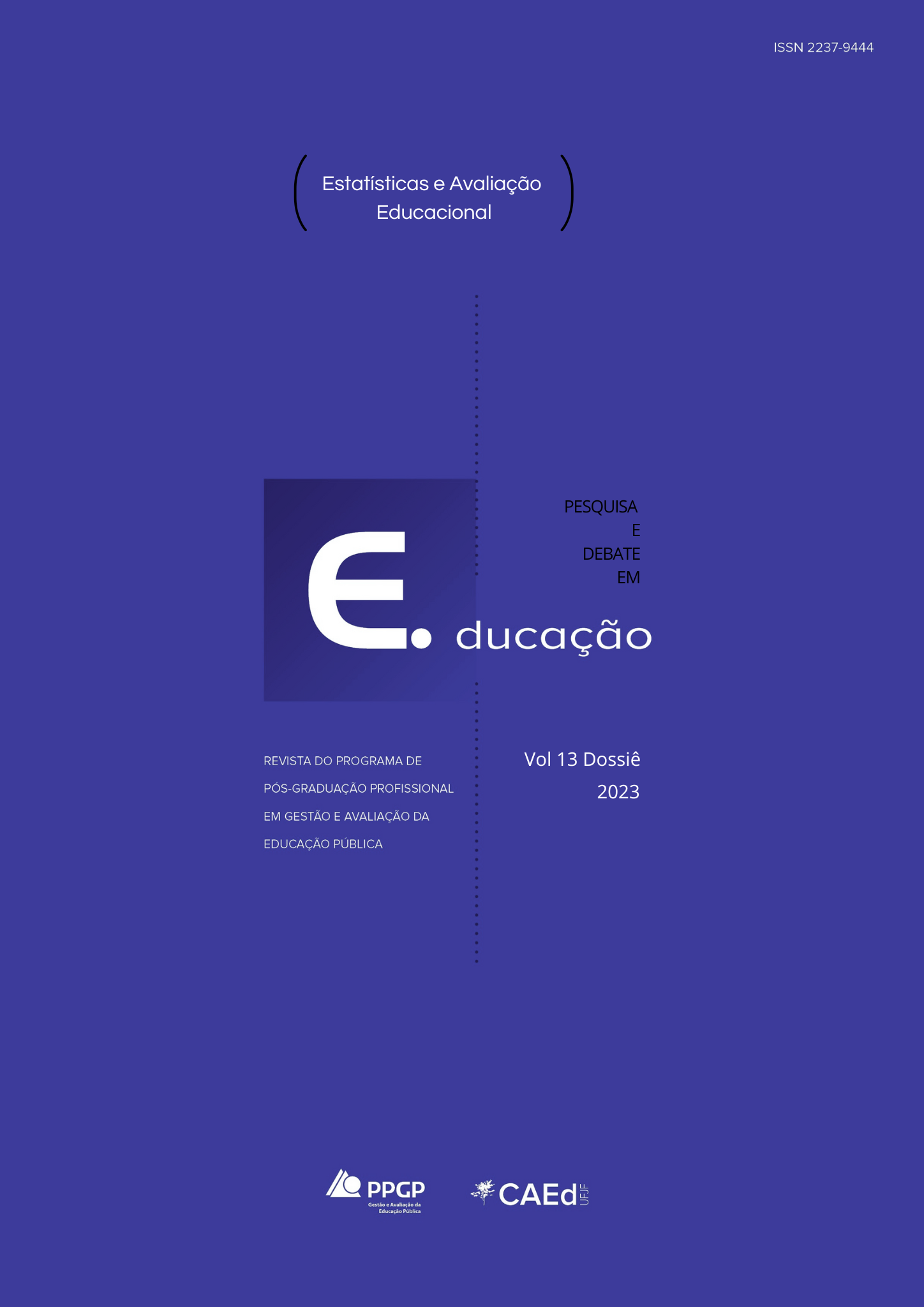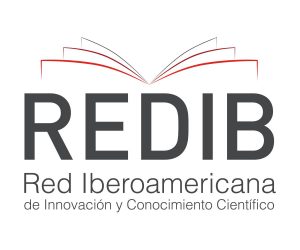What do the integrated institutional M&E system results tell us about portuguese language learning of potiguar high school students?
DOI:
https://doi.org/10.34019/2237-9444.2023.v13.35614Keywords:
Integrated system of institutional monitoring and evaluation, Results of external evaluations, Portuguese language descriptorsAbstract
This study aims to discuss the results of an Integrated Institutional Monitoring and Evaluation System (IIMES) in conjunction with curriculum planning. The general objective of the study is to: (i) discuss the results of the IIMES that pertain to the High School Portuguese Language curricular component during 2017, 2018 and 2019, indicating the road to a possible dialogue that addresses these results in conjunction with curricular mandates and/or guidelines. With regard to specific objectives, the study intends to: (i) identify the descriptors that Potiguar students find most difficult in the High School context; ii) describe and analyze the behavior of the average of correct answers of the Portuguese Language descriptors. The study is characterized as documentary research and bibliographic data. Establishing the parameter as the average of correct answers, it was possible to identify that there were 15 descriptors that registered low proficiency. There were descriptors in which the averages oscillated between increase and decrease, and there were those in which the averages of correct answers decreased steadily and considerably, considering the time frame of the study.
Downloads
References
BRASIL. Ministério da Educação. Base Nacional Comum Curricular. Brasília, 2018.
BROOKE, Nigel.; ALVES, Maria Teresa Gonzaga; OLIVEIRA, Lina Kátia Mesquita de. Seção 2 – As Avaliações chegam à Maioridade. Introdução. In: BROOKE, Nigel; ALVES, Maria Teresa Gonzaga; OLIVEIRA, Lina Kátia Mesquita de. (Orgs.). A avaliação da educação básica: a experiência brasileira. Belo Horizonte: Fino Traço, 2015. p. 85-101.
CABRAL, Ana Lúcia Tinoco. Argumentação na Língua e Argumentação no Texto. Intersecções, e. 18, v. 9, n. 1, fev. 2016, p. 26-40.
GATTI, Bernadete. A avaliação de Sistemas Educacionais no Brasil. In: BROOKE, Nigel; ALVES, Maria Teresa Gonzaga; OLIVEIRA, Lina Kátia Mesquita de. (Orgs.). A avaliação da educação básica: a experiência brasileira. Belo Horizonte: Fino Traço, 2015. p.39-45.
GIL, Antonio Carlos. Métodos e técnicas de pesquisa social. 6. ed. São Paulo: Editora Atlas, 2010.
KARINO, Camila Akemi; LAROS, Jacob Arie. Eficácia escolar: uma revisão de literatura. Revista Examen, v. 1., n. 1, p. 95-126, 2017.
MARCONI, Marina de Andrade; LAKATOS, Eva Maria. Fundamentos de metodologia científica. 5. ed. São Paulo: Atlas, r2003.
RIO GRANDE DO NORTE. Secretaria de Estado da Educação, da Cultura, do Esporte e do Lazer. Plataforma de Avaliação e Monitoramento da Educação do Rio Grande do Norte. Matriz de Referência. Língua Portuguesa - 3ª série do Ensino Médio. Disponível em: https://avaliacaoemonitoramentosimais-hmg.caeddigital.net/#!/programa. Acesso em: 06 mar. 2021.
RIO GRANDE DO NORTE. Secretaria de Estado da Educação, da Cultura, do Esporte e do Lazer. Plataforma de Avaliação e Monitoramento da Educação do Rio Grande do Norte. Relatórios analíticos. Disponível em https://avaliacaoemonitoramentosimais-hmg.caeddigital.net/#!/pagina-inicial. Acesso em: 03 out. 2020.
SOARES, Sergei Soares Dillon; NASCIMENTO, Paulo A. Meyer. Evolução do desenvolvimento cognitivo do Brasil de 2000 a 2009 face aos demais países. In: BROOKE, Nigel; ALVES, Maria Teresa Gonzaga; OLIVEIRA, Lina Kátia Mesquita de. (Orgs.). A avaliação da educação básica: a experiência brasileira. Belo Horizonte: Fino Traço, 2015. p. 144-159.
SILVA, Wellington. Teoria da Medida. Proposta de uma metodologia para a produção e interpretação de medidas educacionais em avaliação em larga escala por meio da utilização da Modelagem Rasch com duas ou mais facetas. 150 p. Tese (Doutorado). Rio de Janeiro: PUC: RJ, Departamento de Educação, 2019.
Downloads
Published
How to Cite
Issue
Section
License
Copyright (c) 2023 Lidemberg Rocha de Oliveira

This work is licensed under a Creative Commons Attribution 4.0 International License.




















